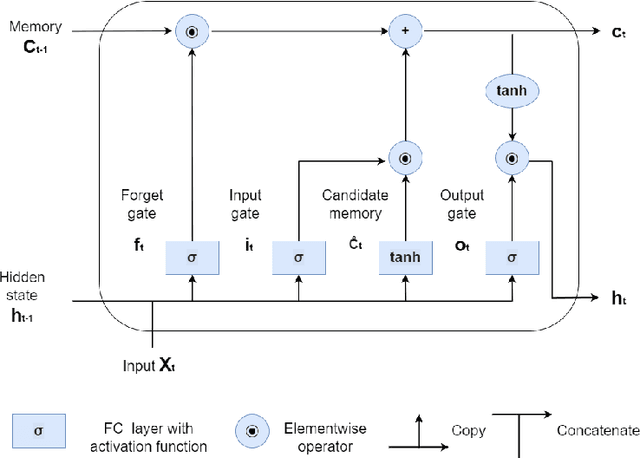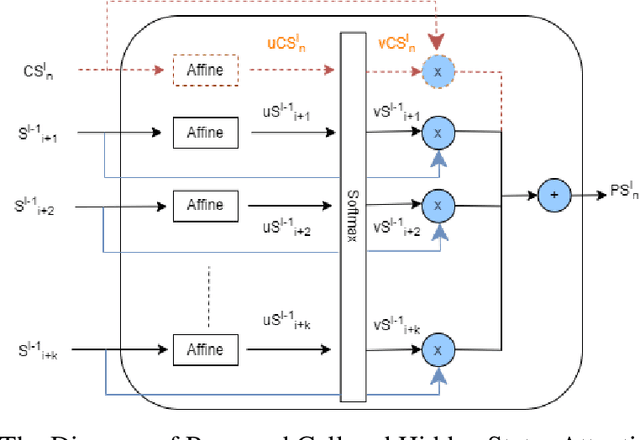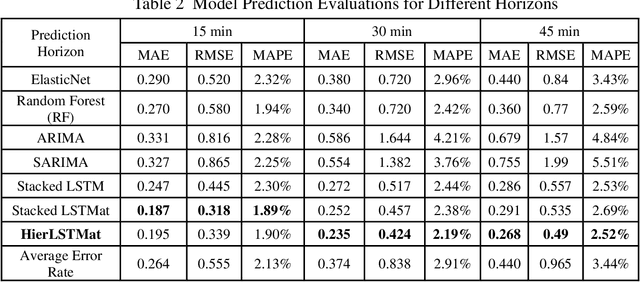Big Data Application for Network Level Travel Time Prediction
Paper and Code
Jan 15, 2022



Travel time is essential in advanced traveler information systems (ATIS). This paper used the big data analytics engines Apache Spark and Apache MXNet for data processing and modeling. The efficiency gain was evaluated by comparing it with popular data science and deep learning frameworks. The hierarchical feature pooling is explored for both between layer and the output layer LSTM (Long-Short-Term-Memory). The designed hierarchical LSTM (hiLSTM) model can consider the dependencies at a different time scale to capture the spatial-temporal correlations from network-level corridor travel time. A self-attention module is then used to connect temporal and spatial features to the fully connected layers, predicting travel time for all corridors instead of a single link/route. Seasonality and autocorrelation were performed to explore the trend of time-varying data. The case study shows that the Hierarchical LSTM with Attention (hiLSTMat) model gives the best result and outperforms baseline models. The California Bay Area corridor travel time dataset covering four-year periods was published from Caltrans Performance Measurement System (PeMS) system.
 Add to Chrome
Add to Chrome Add to Firefox
Add to Firefox Add to Edge
Add to Edge